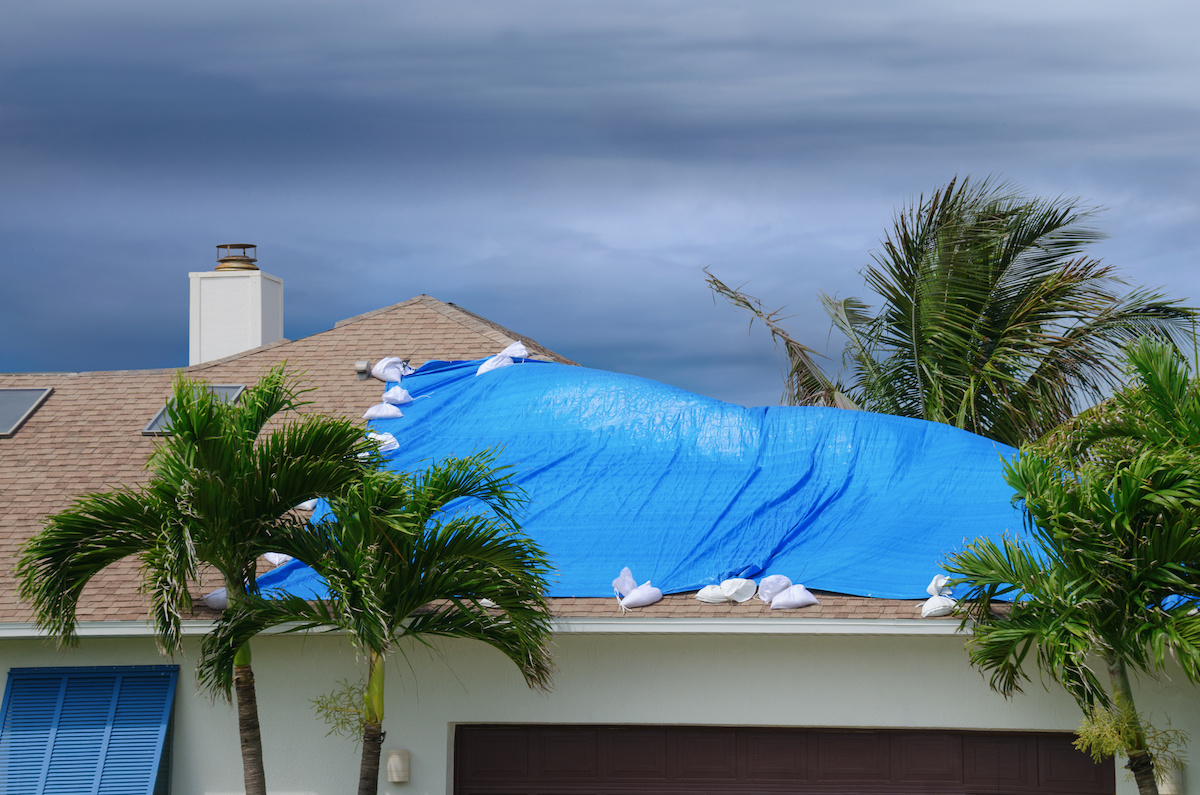Impacts of Hurricane Beryl in Jamaica

Hurricane beryl in jamaica – Hurricane Beryl, a Category 1 hurricane, made landfall in Jamaica on July 5, 2023, bringing torrential rains, strong winds, and storm surges to the island. The hurricane caused widespread damage to infrastructure, homes, and businesses, leaving thousands of people without power or shelter.
As Hurricane Beryl lashed Jamaica, leaving a trail of destruction in its wake, the nation rallied together to weather the storm. For more information on the impact of Beryl on Jamaica, visit jamaica beryl. The hurricane brought torrential rains and high winds, causing widespread flooding and landslides.
Despite the challenges, the resilient spirit of the Jamaican people shone through as they worked tirelessly to rebuild their communities and lives.
Infrastructure Damage
Hurricane Beryl’s strong winds and heavy rainfall caused significant damage to Jamaica’s infrastructure. Roads and bridges were washed out, making it difficult for emergency responders to reach affected areas. Power lines were downed, leaving thousands of people without electricity. Communication systems were also disrupted, making it difficult for people to stay informed about the hurricane and its aftermath.
Economic Losses
The economic impact of Hurricane Beryl is still being assessed, but it is expected to be significant. The hurricane caused damage to crops, livestock, and businesses. The tourism industry, which is a major source of income for Jamaica, was also hard hit. Many hotels and resorts were damaged or destroyed, and many tourists canceled their trips.
In the wake of Hurricane Beryl’s destructive path through Jamaica, one glimmer of hope emerged: the unwavering resilience of its people. Like the renowned actress Tyler Cherry , whose captivating performances inspire countless others, the Jamaican spirit remained unbroken. Amidst the devastation, they found solace in their strength, unity, and determination to rebuild their shattered lives, mirroring the indomitable spirit of Hurricane Beryl’s survivors.
Government Response to Hurricane Beryl
:quality(70)/d1hfln2sfez66z.cloudfront.net/11-12-2019/t_423d5e2948964ee2aff5c801c5f08a9b_name_CB725C2ADED4425FB11D26B8BA968321_1.jpg)
In the face of Hurricane Beryl’s wrath, the Jamaican government swiftly mobilized its resources to mitigate the impact on affected communities. Immediate actions were taken to ensure the safety and well-being of citizens.
The government established emergency shelters in strategic locations to provide refuge for those displaced by the storm. These shelters were equipped with essential supplies, including food, water, and medical assistance. Additionally, the government deployed personnel from the Jamaica Defence Force (JDF) and the Jamaica Constabulary Force (JCF) to affected areas to assist with search and rescue operations and maintain order.
Provision of Aid and Support
The government worked tirelessly to provide aid and support to affected communities. Financial assistance was distributed to families who had lost their homes or livelihoods. The government also coordinated the distribution of food, water, and other essential supplies to those in need.
In the aftermath of the hurricane, the government implemented a comprehensive recovery plan. This plan included measures to repair damaged infrastructure, such as roads, bridges, and schools. The government also provided support for businesses and farmers who had suffered losses.
Challenges Faced
The Jamaican government faced several challenges in responding to Hurricane Beryl. The widespread damage caused by the storm made it difficult to reach affected areas and deliver aid. Additionally, the government had to balance the need for immediate relief with the long-term recovery process.
Despite these challenges, the Jamaican government worked diligently to respond to Hurricane Beryl and support affected communities. The government’s swift actions and comprehensive recovery plan helped to mitigate the impact of the storm and ensure the well-being of Jamaican citizens.
Community Resilience in the Face of Hurricane Beryl

In the aftermath of Hurricane Beryl, Jamaican communities demonstrated remarkable resilience and solidarity in supporting each other’s recovery. Individuals and groups across the island came together to provide aid, comfort, and hope to those affected by the storm.
Examples of Community Resilience
- Neighborhoods organized cleanup efforts, removing debris and restoring damaged homes and businesses.
- Local churches and community centers opened their doors as shelters, providing food, water, and a sense of safety to displaced residents.
- Volunteers from across the island traveled to affected areas to assist with relief efforts, offering their time and skills.
The spirit of community resilience was evident in the stories of individuals who made significant contributions to the recovery effort. One such story is that of Maria Smith, a nurse who volunteered at a local clinic in the days following the hurricane. Despite her own home being damaged, Maria tirelessly provided medical care to those in need, often working long hours without rest.
Importance of Community Resilience
Community resilience plays a crucial role in mitigating the impact of natural disasters. By working together, communities can share resources, provide emotional support, and create a sense of unity that helps individuals cope with the challenges of recovery. The bonds formed during these times of crisis often extend beyond the immediate aftermath, strengthening community cohesion and fostering a sense of collective responsibility.
Lessons Learned from Hurricane Beryl, Hurricane beryl in jamaica
The experience of Hurricane Beryl has taught valuable lessons that can help communities better prepare for future hurricanes. These lessons include:
- The importance of early warning systems and evacuation plans to minimize loss of life and property.
- The need for robust infrastructure and disaster-resistant building practices to reduce the impact of storm damage.
- The value of community-based disaster preparedness programs that empower residents to take an active role in their own safety and recovery.
By embracing the principles of community resilience and learning from the experiences of Hurricane Beryl, Jamaican communities can build a stronger and more resilient future, better equipped to withstand the challenges posed by natural disasters.